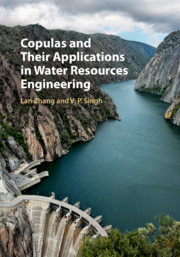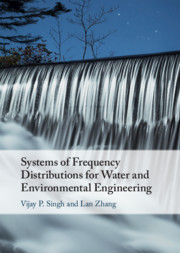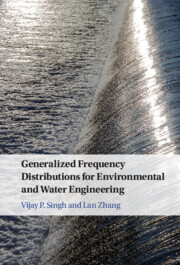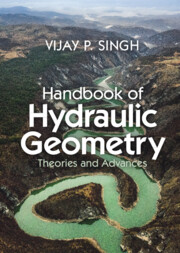Copulas and their Applications in Water Resources Engineering
Complex environmental and hydrological processes are characterized by more than one correlated random variable. These events are multivariate and their treatment requires multivariate frequency analysis. Traditional analysis methods are, however, too restrictive and do not apply in many cases. Recent years have therefore witnessed numerous applications of copulas to multivariate hydrologic frequency analyses. This book describes the basic concepts of copulas, and outlines current trends and developments in copula methodology and applications. It includes an accessible discussion of the methods alongside simple step-by-step sample calculations. Detailed case studies with real-world data are included, and are organized based on applications, such as flood frequency analysis and water quality analysis. Illustrating how to apply the copula method to multivariate frequency analysis, engineering design, and risk and uncertainty analysis, this book is ideal for researchers, professionals and graduate students in hydrology and water resources engineering.
- Promotes the copula method for multivariate frequency analysis, engineering design, and risk and uncertainty analysis
- Various case studies are included, discussing how to apply the copula method in the fields of hydrology and water resources engineering
- Provides an easy-to-follow discussion of the copula method
- Presents the readers with detailed information on the current development and trends in copula methodology and applications in hydrology and water resources engineering
Product details
January 2019Hardback
9781108474252
616 pages
253 × 178 × 32 mm
1.37kg
177 b/w illus. 2 colour illus. 4 maps
Available
Table of Contents
- 1. Introduction
- 2. Preliminaries
- 3. Copulas and their properties
- 4. Symmetric Archimedean copulas
- 5. Asymmetric copulas: high dimension
- 6. Plackett copula
- 7. Non-Archimedean copulas: meta-elliptical copulas
- 8. Entropic copulas
- 9. Copulas in time series analysis
- 10. Rainfall frequency analysis
- 11. Flood frequency analysis
- 12. Water quality analysis
- 13. Drought analysis
- 14. Compound extremes
- 15. Network design
- 16. Suspended sediment yield analysis
- 17. Inter-basin transfer
- Index.







